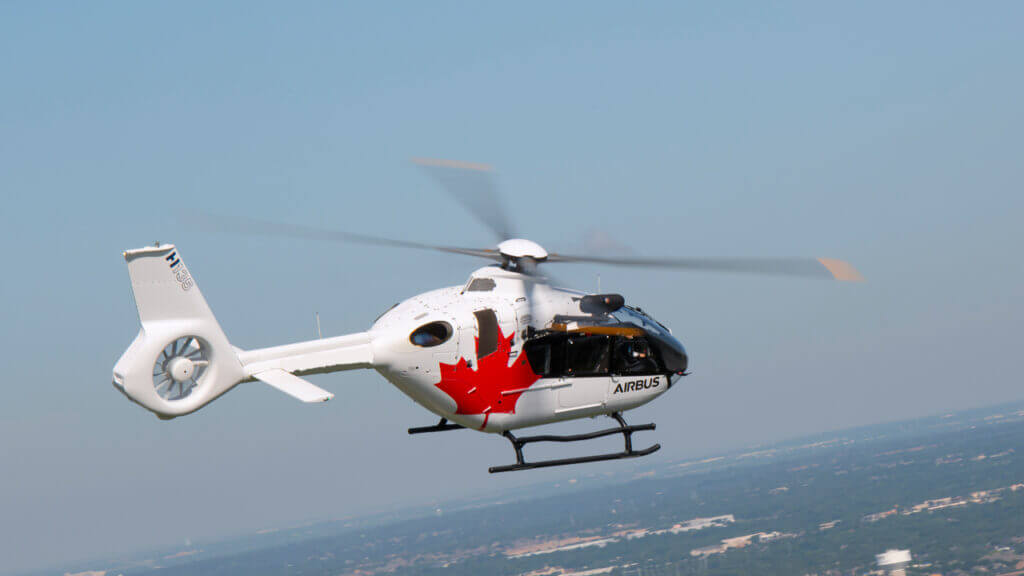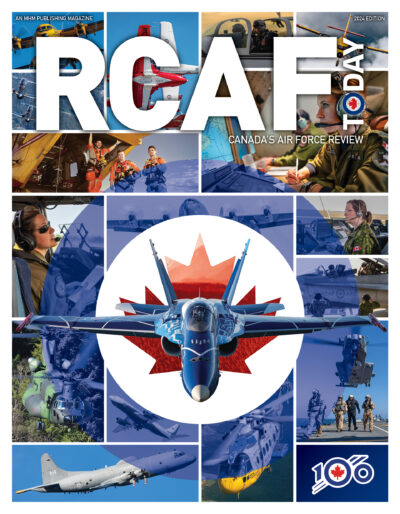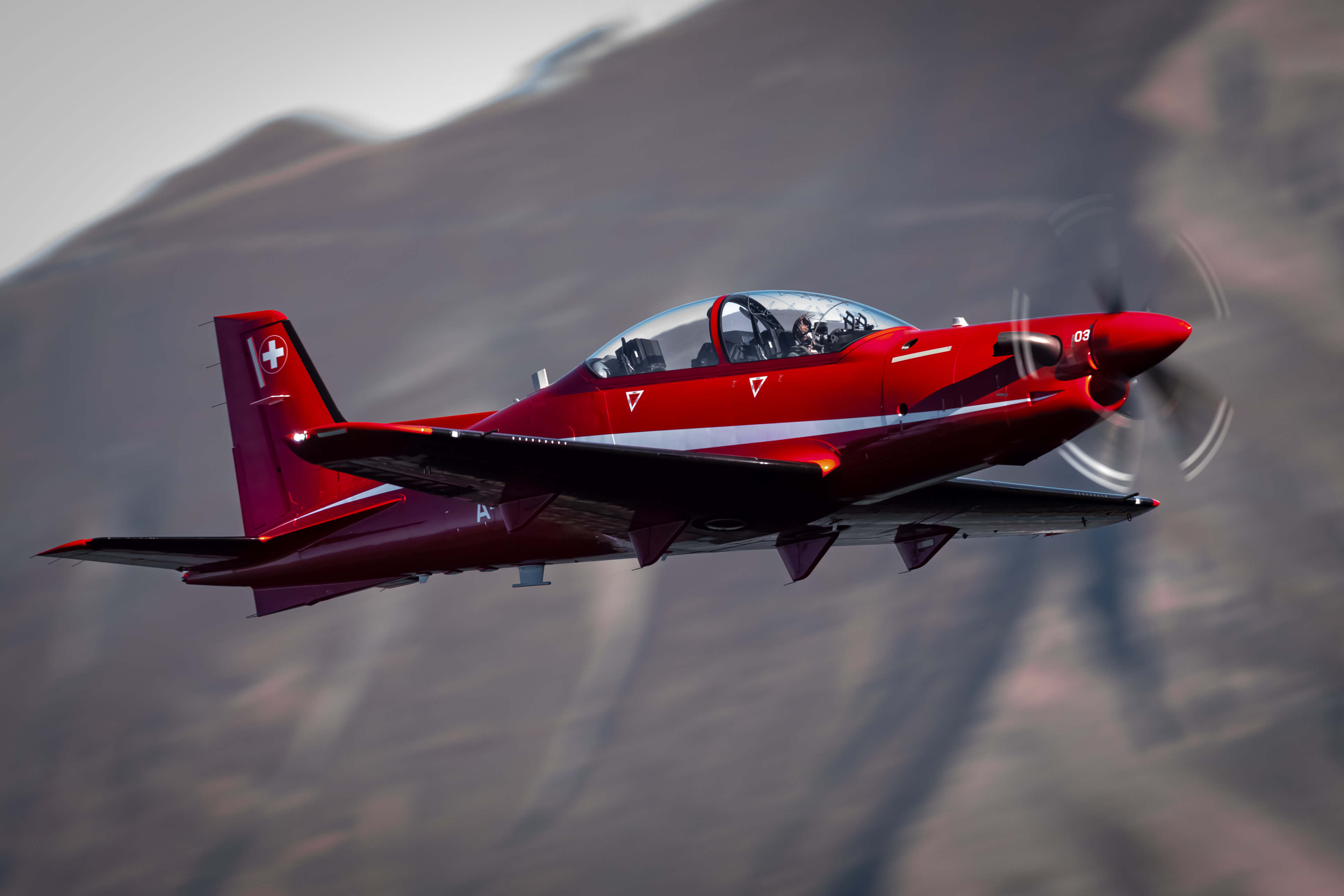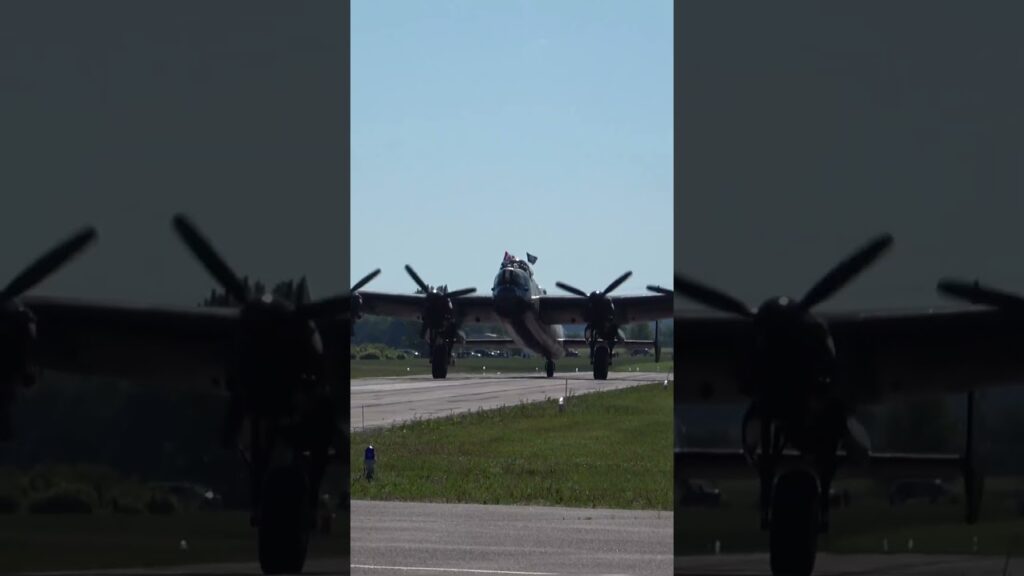
On May 29, at the Canadian Association of Defence and Security Industries’ annual defence industry tradeshow (CANSEC), the Honourable Bill Blair, Minister of National Defence, announced significant investments to equip the Canadian Armed Forces (CAF) with new, state-of-the-art platforms for training and operations at home and abroad.
To provide the Royal Canadian Air Force (RCAF) with modern, state-of-the-art aircrew training, Blair announced the award of a 25-year contract valued at $11.2 billion (including taxes) to SkyAlyne Canada Limited Partnership for the Future Aircrew Training (FAcT) program. Through this contract, Canada will acquire over 70 training aircraft in total, split into five fleets. These include fleets of:
- Grob G120TP;
- Pilatus PC-21;
- Beechcraft King Air 260;
- Airbus Helicopters H135; and,
- De Havilland Dash 8-400 equipped with a mission training system in the cabin.
Today’s investment is part of the largest recapitalization of the RCAF since the Second World War. Since 2022 alone, the Government of Canada has finalized the procurement or upgrade of approximately 140 new aircraft for the RCAF – from F-35 fighters to P-8A Poseidon multi-mission aircraft. This particular investment will bolster our ability to train a sufficient number of qualified aircrew to meet our operational requirements.

The contract will also include classroom instruction, simulator and flight training, as well as numerous on-site support activities for prospective RCAF pilots, Air Combat Systems Officers, and Airborne Electronic Sensor Operators. Training under this new contract will continue to take place at key RCAF Wings in Saskatchewan and Manitoba, and is expected to begin in spring 2029.
The FAcT program has the potential to create or maintain 3,400 jobs and contribute $405 million annually into Canada’s gross domestic product over a 25-year period.
Minister Blair also announced that Canada is investing up to $2.58 billion (including taxes) to acquire and maintain a new fleet of logistics vehicles for the Canadian Army. Canada has awarded contracts to General Dynamics Land Systems – Canada in a joint venture with Marshall Canada, for the Logistics Vehicle Modernization (LVM) project.
As indicated in our renewed vision for defence, Our North, Strong and Free, the Government of Canada is committed to a renewed relationship with Canada’s defence industry, based on clarity, certainty, and long-term partnership. Today’s investments are excellent examples of projects that will provide the CAF with the tools that they need to protect Canada while supporting the growth and competitiveness of Canada’s aerospace, defence and automotive sector.

Quotes
“Today’s investments demonstrate that when we work collaboratively with Canadian industry partners, we can provide our troops with the tools that they need to do their jobs – and support good jobs right across Canada. With these projects, and through our renewed vision for defence, Our North, Strong and Free, we are committed to building an even stronger relationship with industry, founded on transparency and trust.” — The Honourable Bill Blair, Minister of National Defence
“Today’s announcements regarding the Future Aircrew Training program and the Logistics Vehicle Modernization project will not only ensure that members of the Canadian Armed Forces have the latest training and technologies to carry out their important missions on behalf of Canadians, but also create highly skilled jobs and further contribute to the growth and competitiveness of Canada’s defence industry.” — The Honourable Jean-Yves Duclos, Minister of Public Services and Procurement
“These major contracts underscore Canada’s commitment to fortifying our national defence while simultaneously bolstering our industrial landscape. These programs showcase our dedication to equipping our Armed Forces with cutting-edge capabilities while propelling the growth of our defence sector. Through the Industrial and Technological Benefits Policy, we ensure that these investments not only strengthen our defence capabilities but also nurture the leadership of Canadian supply chains, fostering job creation and economic prosperity for years to come.” — The Honourable François-Philippe Champagne, Minister of Innovation, Science and Industry

“Nothing is more important than our people. We must modernize our training systems as we are modernizing our front-line equipment and weapons systems. The Future Aircrew Training program will do that by incorporating the latest training concepts and technologies and adapting to emerging trends to ensure Royal Canadian Air Force personnel can operate and win in highly contested and increasingly complex theatres of operation.” — Lieutenant-General Eric Kenny, Commander, Royal Canadian Air Force
Quick Facts
- The FAcT program will use existing RCAF training sites. Initial aircrew training for pilots, air combat system officers, and airborne electronic sensor operators will be conducted at 15 Wing Moose Jaw, Saskatchewan, Portage la Prairie, Manitoba, and 402 Squadron, at 17 Wing Winnipeg, Manitoba.
- The program will deliver training services that are essential for their progression to the Operational Training Units, where they will then learn their specific roles on fighter, transport, surveillance, and rotary wing operational aircraft.
- The new FAcT contract will replace training services currently provided through in-house delivery by the RCAF, as well as two separate contracts:
- A $4.6 billion, 25-year contract with CAE Military Aviation Training awarded in May 1998 and expiring in 2028 (including an option-year), for the North Atlantic Treaty Organization Flying Training in Canada program, which operates out of Moose Jaw, Saskatchewan; and
- A $1.8 billion, 22-year contract with Allied Wings, awarded in 2005 and expiring in 2027, for the Contracted Flying Training and Support program, which operates out of Southport Aerospace Centre near Portage la Prairie, Manitoba.
- Both the LVM project and the FAcT program were overseen by an Independent Fairness Monitor to ensure the fairness and integrity of the procurements. As a result, all respective proposals were fairly and equally evaluated using a weighted evaluation framework based on cost, technical requirements, and economic benefits.
- To support Indigenous participation in the delivery of these procurements, contractors were asked to submit an Indigenous Participation Plan (IPP). The FAcT program aims to commit a minimum of 5% of the contract value (excluding the cost of aircraft and simulators), and the LVM project aims to commit up to 5% of the contract value to support the employment of Indigenous Peoples and the procurement of goods and services from Indigenous businesses and entrepreneurs. The LVM IPP will also implement training and skill development programs, in collaboration with Indigenous partners and stakeholders. PSPC and industry continues to engage with the Métis and First Nations of Manitoba and Saskatchewan on the FAcT program.
- Two contracts were awarded for the LVM project. The first contract is for the purchase of the new vehicles, related equipment, and initial in-service support, and the second contract will provide long-term in-service support for the fleet for a period of up to 25 years.
- The LVM project is expected to create and maintain jobs across Canada. The joint venture is made up of General Dynamics Land Systems – Canada and Marshall Canada as equal partners, with sub-contractors including Mercedes Benz, Soframe, and Manac. The local (Canadian) companies are GDLS-Canada of London, Ontario, Marshall Canada of Moncton, New Brunswick , K-Line Trailers of Langley, British Columbia, and Manac of Saint-Georges, Quebec.
- Canada’s Industrial and Technological Benefits Policy applies to both of these procurements, and requires the companies to make investments and provide business activities in Canada equal to the value of the contract.
This press release was prepared and distributed by the DND.



Now all we need are tactical drones equipped with GPS guided rockets
This is a contract for FAcT, not FLIT. FLIT is currently on hiatus with training being provided by NATO partners, until the new provider for FLIT is selected. 419 sqn (currently on hiatus) will resume operations, with jets, to train F-35 pilots in jets when this contract is awarded. F-35 pilots will not be trained in turboprop aircraft only.
What a bunch of bs! Your going to use prop aircraft to train pilots for the f35? F35 was the first mistake now after retirement of our 155 hawk trainers your going to replace them with a glorified sport aircraft wow! Maybe we need to replace and upgrade our entire government and upper military leadership.. obviously it’s all severely BROKEN! Saab would of been the better choice from start to finish! You all are just pissing money up the wall! Who is going to want to join the Canadian military you can’t get anyone now lol you just sealed the militaries future DONE! I miss being a proud Canuck … great job .!..
The PC-21 is NOT being used for fighter lead-in training (FLIT). The PC-21 is a replacement for the CT-155 Hawks and CT-156 Harvards used in Moose Jaw for basic and advanced training. The training aircraft to replace the Hawk for FLIT has not yet been selected.
You clearly don’t understand how many aircraft the Air Force operates, nor their training progression. Virtually all pilots start off with prop aircraft. Only after pilots completed their prop training and were selected for fighter training did they get into the Hawk trainer. The rest went onto either large jet training or search and rescue props, which the new Kingfisher still is. My guess is that the new Boeing T-7 will be selected for fighter jet training, but there are other contenders. What you’ve just submitted is a huge pile of worthless, misleading, inaccurate drivel.
You may have a good point about “prop planes” but there is a right way and a wrong way to make your point. You should have chosen the right way.
Pretty sure that the PC-21s will replace just the CT-156 Harvard 2s. There will likely be a jet trainer selected at a later date to replace the CT-155 Hawks that ran out of airframe life.
What happened to CAE, guess their contribution to the Trudeau foundation is not enough.
SkyAlyne is a partnership between CAE and KF Aerospace. You really didn’t take a second to inform yourself before making a snarky comment…
The Pilatus PC-21 will replace the current Harvard II aircraft, they are not a replacement for the recently retired Hawks. For FLT the likely candidate will be the T-7 Red Hawk